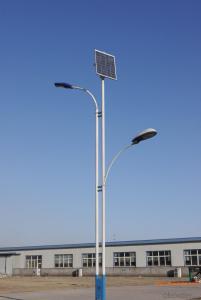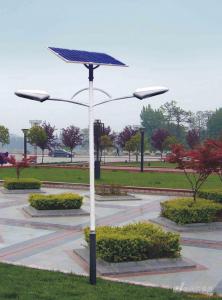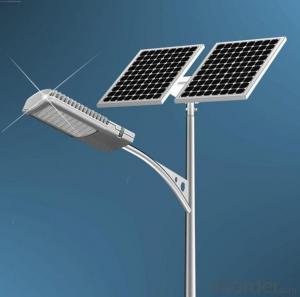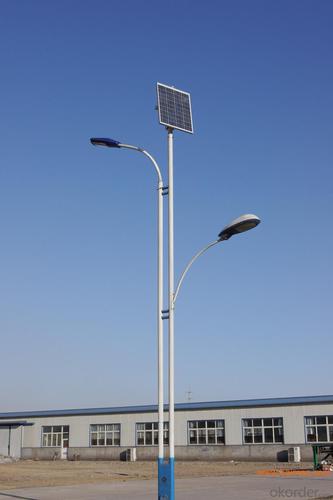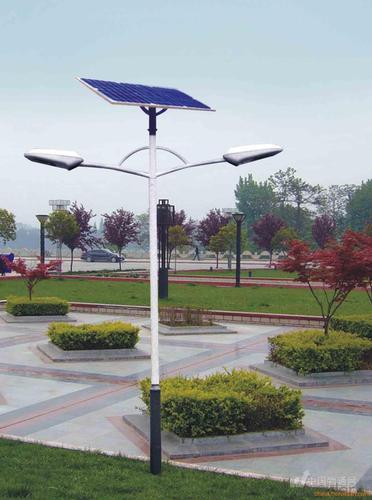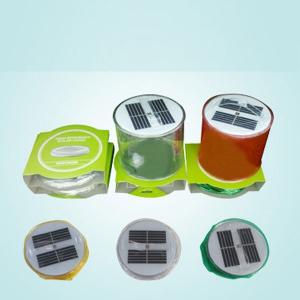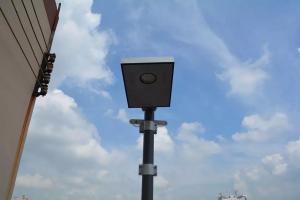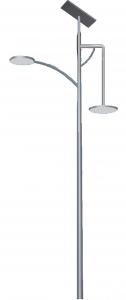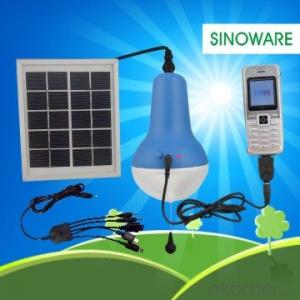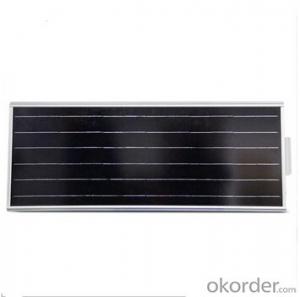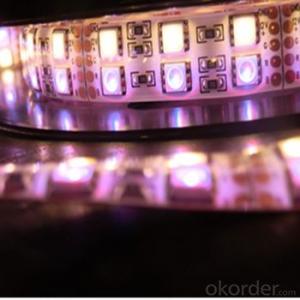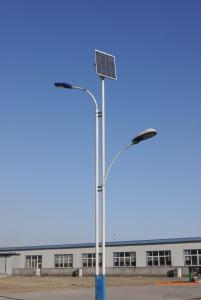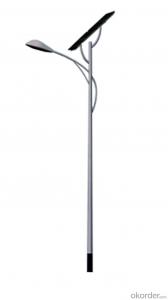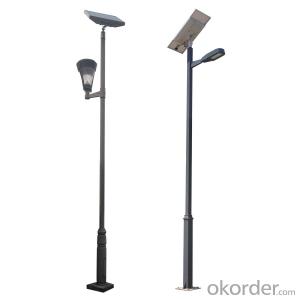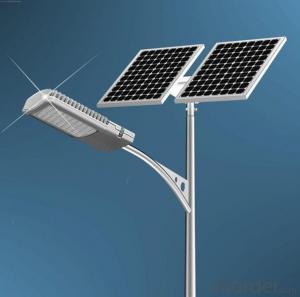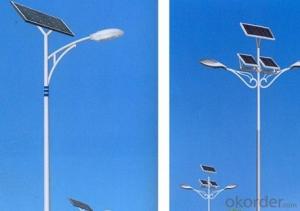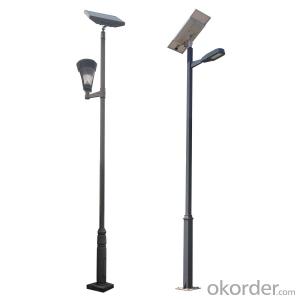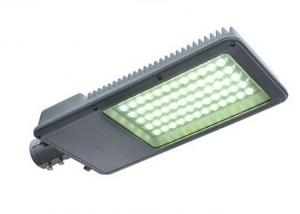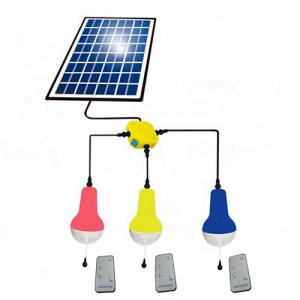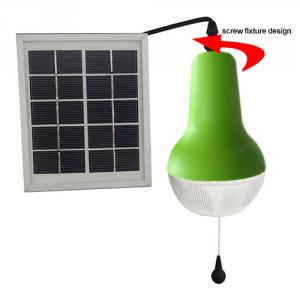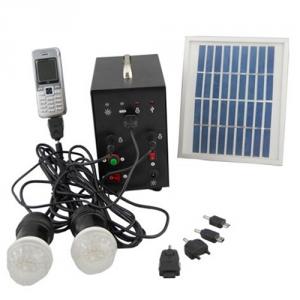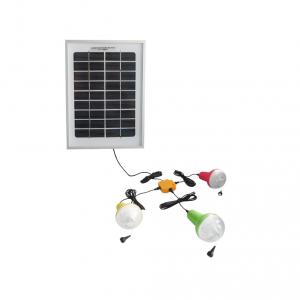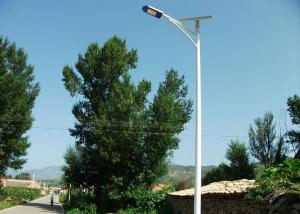Solar Light Outlet - Eco-Friendly, Cost-Saving Solar Street Lamps
- Loading Port:
- Ningbo
- Payment Terms:
- TT OR LC
- Min Order Qty:
- 1 set
- Supply Capability:
- 5000 set/month
OKorder Service Pledge
OKorder Financial Service
You Might Also Like
Step 1 – Find area in need of street lights
The first thing to figure out is the length of road in need of street lights. This can be a small entrance road only a couple hundred of feet long to miles of streets through an area. Does the area currently have any type of lighting available? What is the reason for needing street lights in this area?
Step 2 – Find out if electric is available
Is the electrical grid already nearby or would you need to call in the power company to bring in electrical lines? If the electric needs to be brought to the area, how much is this going to cost? Depending on how far the grid electric is from the location of the needed lighting, this can be quite expensive.
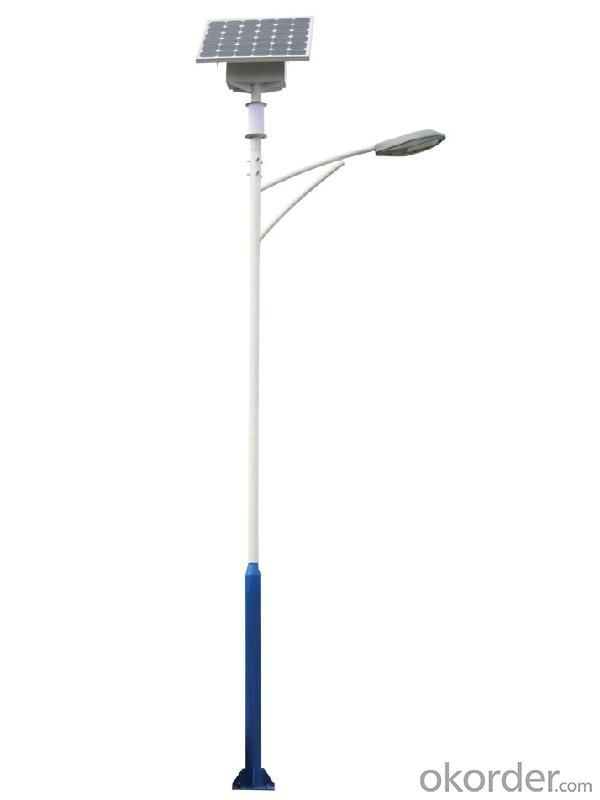
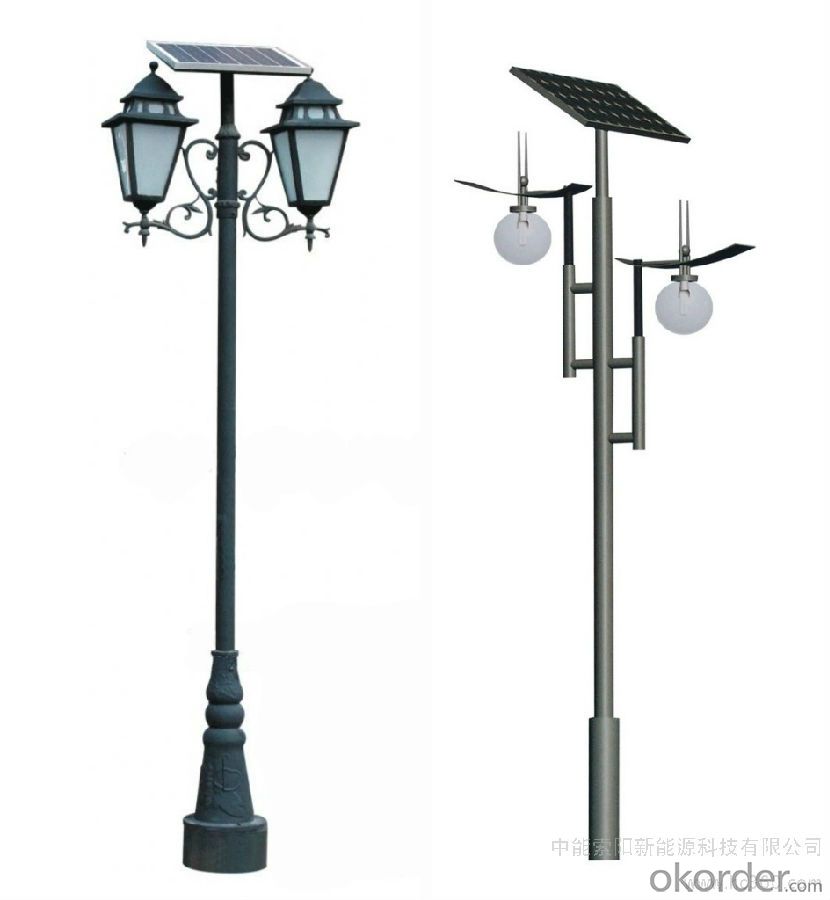
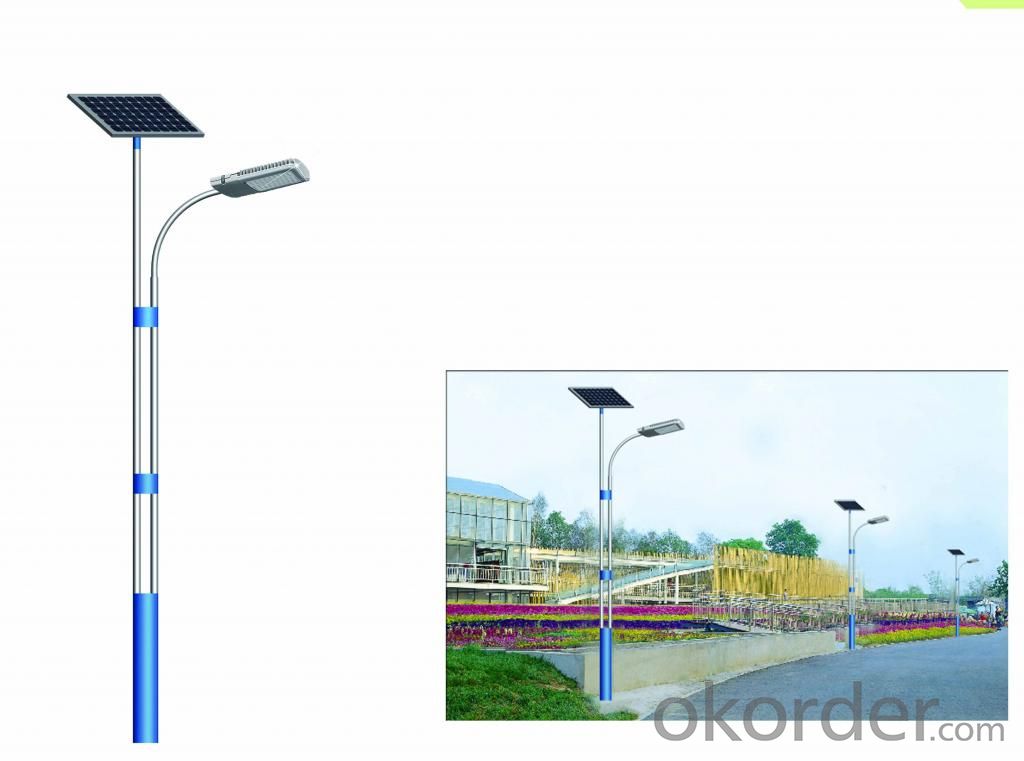
Step 3 – Determine the lighting requirements
How much lighting is needed on the street? Do the lights need to be dark sky compliant? Do the street lights need to run from dusk to dawn or for only a specified number of hours at night? Are the street lights able to dim in the middle of the night and still provide enough lighting? These questions need to be answered before you can decide on how many lights you will need to complete the project.
Step 4 – Find all alternatives
Solar power street lights are an option to traditional electrical lights. Solar street lights do not need the electrical grid to be brought in as they are self-contained units that provide their own electric provide the best lighting solution by using lower amounts of power, better optics, dimming features where needed, and cost less in an overall solution.
Step 5 – Contact companies for quotes
The last step after gathering the above information is to contact companies for quotes. Just like with anything else, get multiple quotes and weigh the pros and cons of every company and situation. The lowest quote is not always the best, so make sure to do your research on companies and products before you submit a purchase order.
If you take your time, do your research, and gather needed requirements, your next street lighting project will be a success. Never be afraid to ask a lot questions, they may save you time and money in the long run.
- Q: Do solar lights have a built-in battery backup?
- Solar lights usually come with a built-in battery backup, enabling them to store solar energy during the day and utilize it to illuminate at night or on overcast days. The battery acts as an energy reservoir, guaranteeing the lights' functionality even in the absence of sunlight. Although the size and capacity of the battery may differ depending on the particular solar light model, it is a prevalent characteristic in the majority of solar-powered lighting systems.
- Q: Can solar lights be used for outdoor advertising displays?
- Yes, solar lights can be used for outdoor advertising displays. Solar lights are an eco-friendly and cost-effective option for illuminating outdoor advertising displays, as they do not require electricity from the grid and rely on solar energy instead. This makes them a sustainable choice for outdoor advertising, providing visibility during nighttime hours while minimizing environmental impact.
- Q: Are there solar lights with built-in motion-activated sound systems?
- Solar lights with built-in motion-activated sound systems are indeed available. Their purpose is not only to provide light but also to increase security by notifying homeowners of any detected motion nearby. Typically, these solar lights possess a sensor that detects movement, and when triggered, they emit a sound or chime to alert the homeowner. This characteristic can be especially effective in discouraging potential intruders or informing homeowners of someone's presence. Furthermore, these lights operate on solar energy, eliminating the need for an external power source and promoting environmental friendliness.
- Q: Can solar lights be used for outdoor food stalls or vendors?
- Yes, solar lights can be used for outdoor food stalls or vendors. They are a cost-effective and eco-friendly lighting solution that can provide sufficient illumination for food stalls during evening hours. Solar lights are easy to install, require minimal maintenance, and do not rely on electricity grids, making them suitable for outdoor locations where access to power may be limited.
- Q: Are there solar lights for outdoor pet enclosures or kennels?
- Yes, there are solar lights specifically designed for outdoor pet enclosures or kennels. These lights are typically weatherproof and easy to install, providing illumination for your pet's outdoor space using solar energy. They are a great eco-friendly and cost-effective solution for ensuring visibility and safety in outdoor pet areas.
- Q: Are solar lights suitable for lighting up swimming pools?
- Solar lights are not typically suitable for lighting up swimming pools. While solar lights are a great option for illuminating outdoor spaces, they may not provide sufficient brightness for lighting up a swimming pool. Swimming pools require a significant amount of light to ensure safety and visibility in and around the pool area. Additionally, solar lights may not have the ability to provide consistent and reliable lighting throughout the night, especially if the pool is used after sunset. For lighting up swimming pools, it is recommended to use dedicated pool lights that are specifically designed for underwater use and provide the necessary brightness and durability.
- Q: Are solar lights easy to maintain?
- Yes, solar lights are generally easy to maintain as they are self-sufficient and require minimal attention.
- Q: Can solar lights be used to charge electric vehicles?
- No, solar lights cannot be used to charge electric vehicles. Solar lights are designed to convert sunlight into electricity to power themselves, but they do not produce enough energy to charge the batteries of electric vehicles. Electric vehicles require a much larger and more powerful solar panel system to generate the necessary energy for charging.
- Q: How do solar lights handle power fluctuations caused by appliances?
- Solar lights are designed to handle power fluctuations caused by appliances in a couple of ways. Firstly, most solar lights are equipped with a built-in regulator or controller, which helps stabilize the power output. This regulator ensures that the power fluctuations caused by appliances do not impact the performance of the solar lights. It helps maintain a consistent voltage and current flow to the lights, even when there are variations in the incoming power supply. Secondly, solar lights usually come with a battery backup system. This means that during periods of power fluctuations or when appliances are drawing excessive power, the lights can draw power from the battery instead. The battery acts as a buffer, providing a stable power source to the lights, regardless of fluctuations in the main power supply. Furthermore, solar lights often have overcharge and discharge protection mechanisms to safeguard the battery and ensure its longevity. These protections prevent excessive charging or discharging of the battery, which could be caused by power fluctuations. By maintaining optimal battery levels, solar lights can continue to function efficiently even during power fluctuations caused by appliances. In summary, solar lights handle power fluctuations caused by appliances through built-in regulators, battery backup systems, and protective mechanisms. These features ensure that the lights receive stable power supply and are not affected by fluctuations in the main power source, allowing them to provide consistent illumination.
- Q: How do solar lights handle electromagnetic fields?
- Solar lights are not affected by electromagnetic fields as they do not require electricity from an external power source. They operate solely on solar energy, converting sunlight into electricity, which is stored in a battery for later use. Therefore, electromagnetic fields do not interfere with their functionality.
Send your message to us
Solar Light Outlet - Eco-Friendly, Cost-Saving Solar Street Lamps
- Loading Port:
- Ningbo
- Payment Terms:
- TT OR LC
- Min Order Qty:
- 1 set
- Supply Capability:
- 5000 set/month
OKorder Service Pledge
OKorder Financial Service
Similar products
Hot products
Hot Searches
Related keywords
